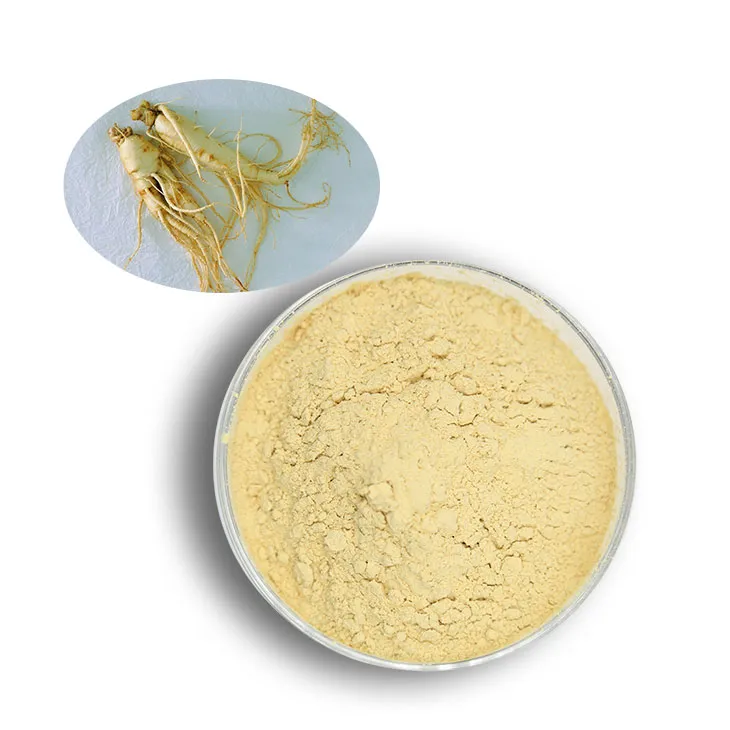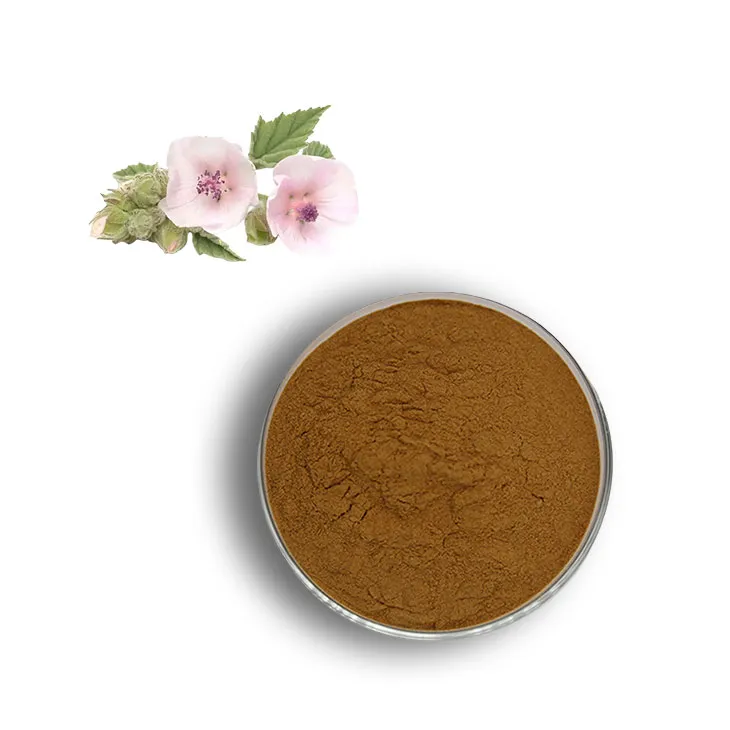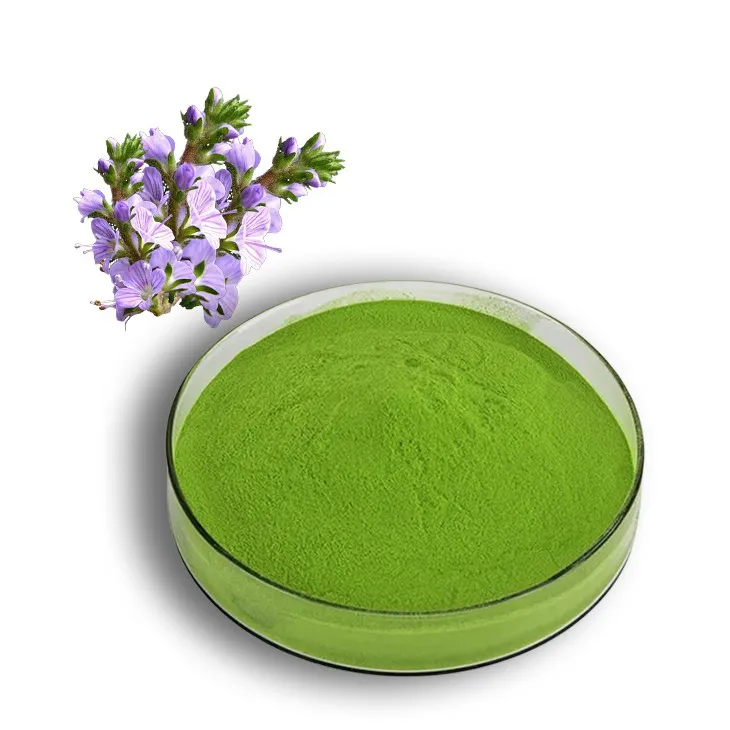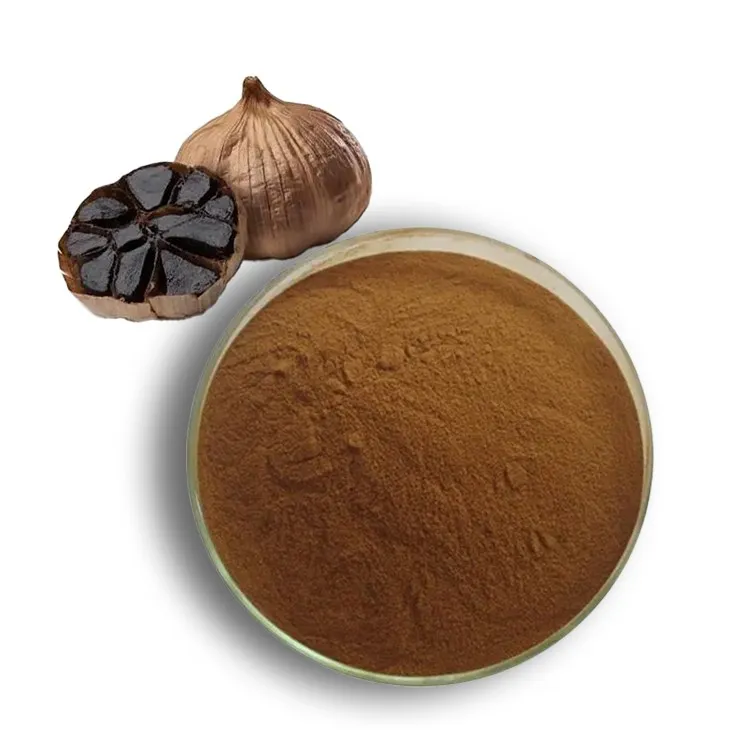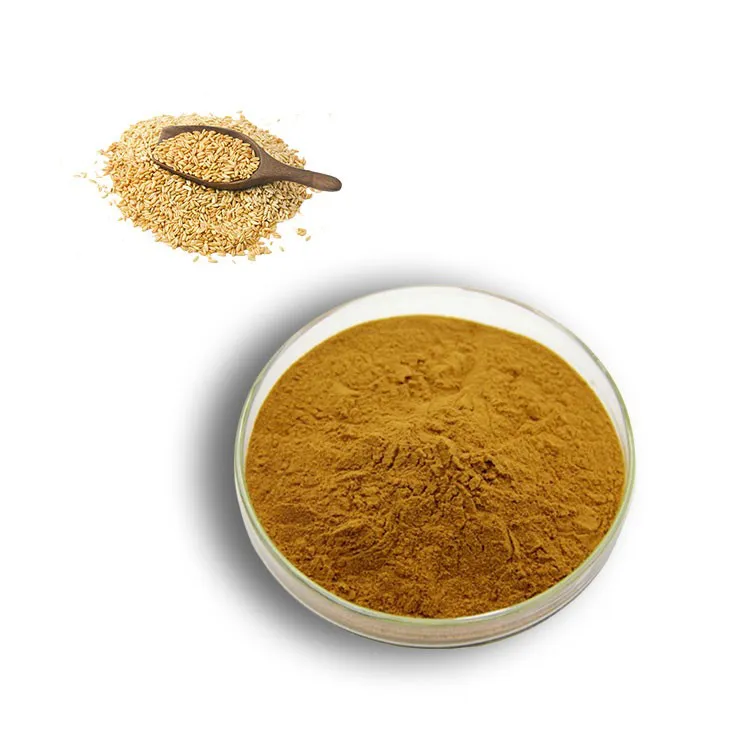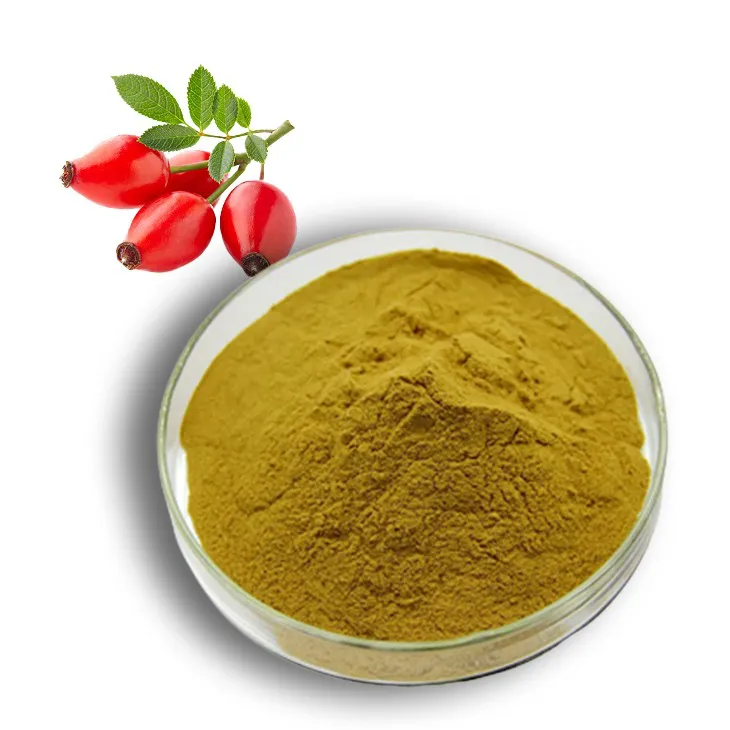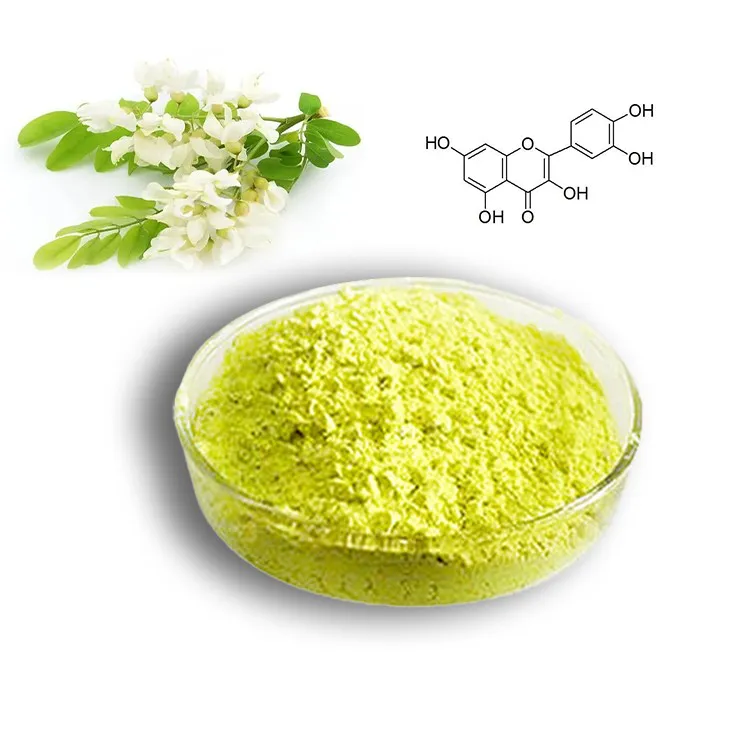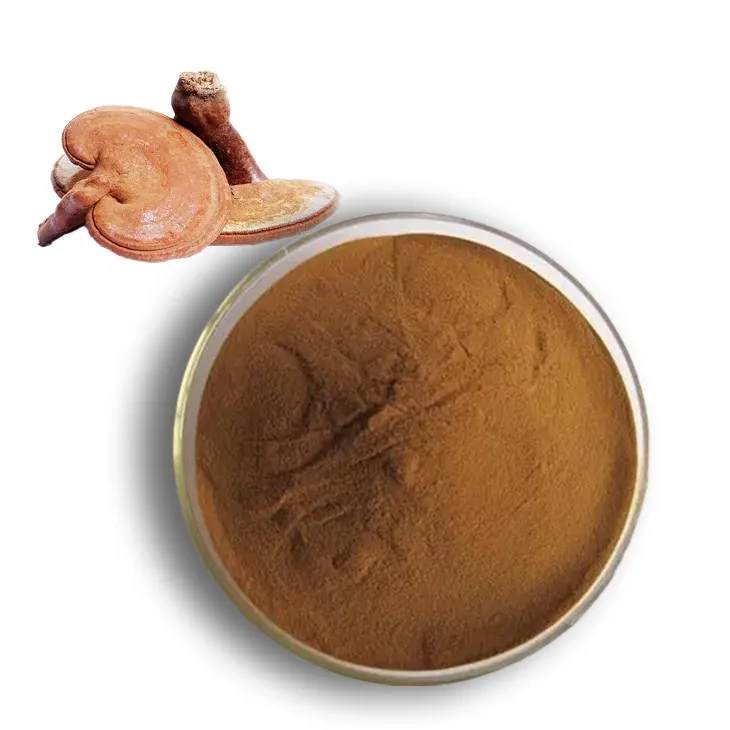- 0086-571-85302990
- sales@greenskybio.com
do green tomatoes have lycopene
2023-09-27
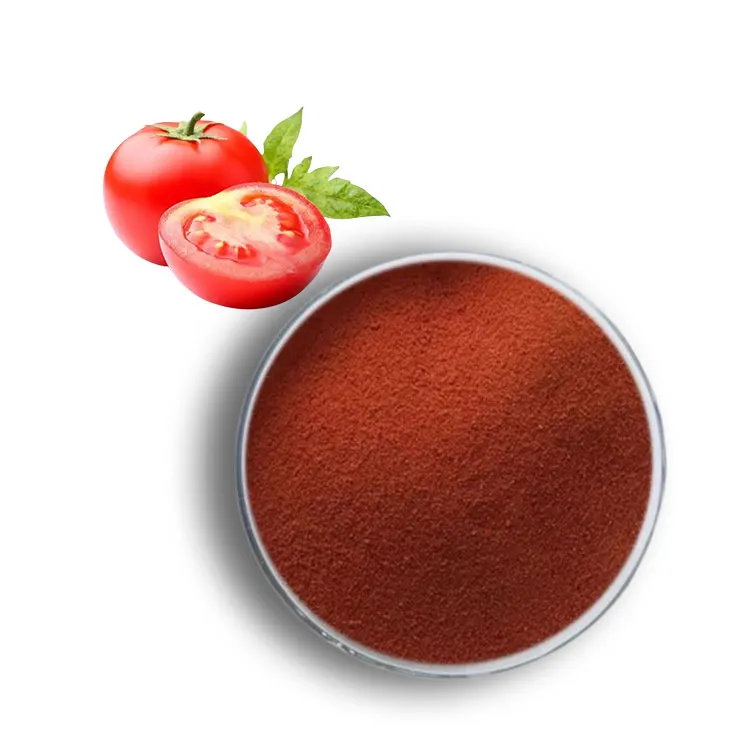
1. What are Green Tomatoes?
1. What are Green Tomatoes?
Green tomatoes are unripe tomatoes that have not yet reached their full red or yellow coloration. They are harvested before they are fully mature, which gives them a firm texture and a tangy, slightly bitter flavor. Unlike ripe tomatoes, which are soft and sweet, green tomatoes are often used in cooking for their unique taste and texture. They can be found in various sizes, from small cherry tomatoes to large beefsteak varieties.
Green tomatoes are not only a culinary delight but also a source of various nutrients. They contain vitamins, minerals, and antioxidants that contribute to overall health. One of the key components in tomatoes, including green ones, is Lycopene, a powerful antioxidant that has been linked to numerous health benefits.
In the following sections, we will explore the role of Lycopene in tomatoes, compare the Lycopene content in green and ripe tomatoes, discuss the health benefits of lycopene, and provide tips on how to increase lycopene intake from green tomatoes. Additionally, we will delve into cooking with green tomatoes and offer some recommendations for incorporating them into your diet.
2. The Role of Lycopene in Tomatoes
2. The Role of Lycopene in Tomatoes
Lycopene is a powerful antioxidant and a phytochemical found in tomatoes and other red fruits and vegetables. It belongs to the carotenoid family, which is responsible for the red color in these plants. Lycopene plays a crucial role in the health and quality of tomatoes, as well as in the health benefits it provides to humans.
Role in Tomatoes
In tomatoes, lycopene is responsible for their vibrant red color. As tomatoes ripen, the concentration of lycopene increases, making the fruit more red and sweet. Lycopene also plays a role in protecting the tomato plant from environmental stress, such as UV radiation and temperature fluctuations.
Health Benefits
Lycopene has been extensively studied for its health benefits. It is a potent antioxidant that helps protect the body against free radicals, which can cause cellular damage and contribute to chronic diseases. Studies have shown that lycopene may help reduce the risk of certain cancers, including prostate, lung, and stomach cancer. It also has anti-inflammatory properties and may help improve heart health.
Absorption
Lycopene is a fat-soluble nutrient, which means it is better absorbed by the body when consumed with a small amount of fat. This is why tomatoes cooked with a bit of oil or eaten with a source of healthy fats, like avocado or nuts, can provide more lycopene to the body.
In summary, lycopene plays a vital role in the color, health, and nutritional value of tomatoes. It is a powerful antioxidant with numerous health benefits, and its absorption can be enhanced by consuming tomatoes with healthy fats. Understanding the role of lycopene in tomatoes can help us make informed decisions about our diet and maximize the health benefits we receive from this nutritious fruit.
3. Lycopene Content in Green vs
3. Lycopene Content in Green vs Ripened Tomatoes
When comparing the lycopene content in green tomatoes versus ripe tomatoes, it's important to understand that lycopene levels can vary depending on the ripeness of the fruit. Lycopene is a powerful antioxidant and a pigment that gives tomatoes their red color. As tomatoes ripen, their lycopene content typically increases, which is why ripe red tomatoes are often considered to be a richer source of this beneficial compound.
Green tomatoes, being unripe, contain less lycopene than their ripened counterparts. However, this does not mean that green tomatoes are devoid of lycopene or that they lack nutritional value. The concentration of lycopene in green tomatoes can still be significant, and they can contribute to a diet rich in antioxidants and other nutrients.
Research has shown that the lycopene content in tomatoes can be influenced by factors such as variety, growing conditions, and post-harvest handling. While it is true that ripe tomatoes generally have higher levels of lycopene, the actual difference in content between green and ripe tomatoes can vary. Some studies suggest that the lycopene content in green tomatoes can be up to 50% of that found in ripe tomatoes, although this percentage can fluctuate.
It's also worth noting that the bioavailability of lycopene can be affected by the presence of other compounds in tomatoes, such as fiber and vitamin C. Cooking tomatoes, whether they are green or ripe, can help to break down cell walls and release lycopene, making it more readily available for absorption by the body.
In summary, while green tomatoes may not have as high a concentration of lycopene as ripe tomatoes, they still contain a significant amount of this beneficial compound. The nutritional value of green tomatoes should not be overlooked, and they can be a valuable addition to a healthy diet.
4. Health Benefits of Lycopene
4. Health Benefits of Lycopene
Lycopene is a powerful antioxidant that offers a myriad of health benefits. It is known for its ability to combat free radicals, which are unstable molecules that can cause damage to cells and lead to various health issues. Here are some of the key health benefits associated with lycopene:
1. Heart Health:
Lycopene has been linked to a reduced risk of heart disease. It helps lower bad cholesterol (LDL) levels and blood pressure, which in turn can decrease the risk of heart attacks and strokes.
2. Cancer Prevention:
Studies have shown that lycopene may play a role in reducing the risk of certain types of cancer, including prostate, lung, and stomach cancer. Its antioxidant properties help neutralize harmful free radicals that can damage DNA and lead to cancerous cell growth.
3. Skin Protection:
Lycopene's antioxidant properties can also protect the skin from harmful UV radiation, reducing the risk of sunburn and skin damage. It may also help prevent skin aging and improve skin health.
4. Anti-Inflammatory Effects:
Lycopene has anti-inflammatory properties that can help reduce inflammation in the body. This can be beneficial for individuals suffering from chronic inflammatory conditions such as arthritis.
5. Bone Health:
Some research suggests that lycopene may help improve bone health by promoting bone mineralization and reducing bone resorption, which can help prevent osteoporosis.
6. Eye Health:
Lycopene is also beneficial for eye health. It can help protect the eyes from age-related macular degeneration and cataracts by neutralizing free radicals that can damage the eye tissues.
7. Immune System Support:
Lycopene can help boost the immune system by enhancing the activity of immune cells, which can help the body fight off infections and diseases more effectively.
8. Improved Fertility:
Studies have indicated that lycopene may improve sperm quality and quantity in men, which can contribute to better fertility outcomes.
Incorporating green tomatoes into your diet can be a great way to increase your lycopene intake and enjoy these health benefits. While green tomatoes may not have as much lycopene as ripe red tomatoes, they still provide a valuable source of this powerful antioxidant.
5. How to Increase Lycopene Intake from Green Tomatoes
5. How to Increase Lycopene Intake from Green Tomatoes
To maximize the lycopene intake from green tomatoes, it's essential to understand the factors that can enhance lycopene availability and absorption. Here are some strategies to increase lycopene intake from green tomatoes:
1. Cooking Methods:
Cooking green tomatoes can increase the bioavailability of lycopene. The heat from cooking can break down the cell walls of tomatoes, making it easier for your body to absorb lycopene. Methods such as baking, sautéing, or grilling can be effective.
2. Acidic Environment:
Lycopene is more soluble in an acidic environment. Adding a bit of vinegar or lemon juice to your green tomato dishes can help increase the solubility and absorption of lycopene.
3. Healthy Fats:
Lycopene is a fat-soluble nutrient, which means it is better absorbed when consumed with a source of healthy fats. Incorporating olive oil, avocado, or nuts into your green tomato recipes can enhance lycopene absorption.
4. Processing:
While fresh tomatoes are always a good choice, processing tomatoes (e.g., in sauces or pastes) can also increase lycopene availability. The processing breaks down the tomato matrix, making lycopene more accessible.
5. Variety Selection:
Different tomato varieties contain varying amounts of lycopene. Research and select green tomato varieties that are known to have higher lycopene content.
6. Ripening:
Although green tomatoes are the focus, it's worth noting that ripe tomatoes typically have higher lycopene levels. If you have the option, allowing green tomatoes to ripen can increase lycopene content.
7. Regular Consumption:
Incorporate green tomatoes into your diet regularly to ensure a consistent intake of lycopene. They can be used in a variety of dishes, from salads to main courses.
8. Combination with Other Lycopene-Rich Foods:
Combine green tomatoes with other lycopene-rich foods such as watermelon, pink grapefruit, and red bell peppers to increase overall lycopene intake.
By employing these strategies, you can effectively increase your lycopene intake from green tomatoes and enjoy the associated health benefits. Remember, the key is to prepare and consume green tomatoes in ways that optimize lycopene's bioavailability and absorption.
6. Cooking with Green Tomatoes
6. Cooking with Green Tomatoes
Green tomatoes, while not as common as their ripe counterparts, offer a unique flavor and texture that can be a delightful addition to various dishes. They are often used in Southern American cuisine, particularly in dishes like fried green tomatoes and green tomato chutney. Here are a few ways you can cook with green tomatoes:
6.1 Fried Green Tomatoes
One of the most popular ways to enjoy green tomatoes is by frying them. This method brings out their natural sweetness and adds a crispy texture. To make fried green tomatoes, you'll need:
- Green tomatoes
- Cornmeal or all-purpose flour
- Seasonings (salt, pepper, garlic powder, etc.)
- Eggs
- Oil for frying
Slice the tomatoes, dredge them in the seasoned flour or dip them in beaten eggs and then coat with cornmeal. Heat oil in a pan and fry the tomato slices until golden brown on both sides.
6.2 Green Tomato Chutney
Green tomato chutney is a tangy and sweet condiment that pairs well with meats, cheeses, and crackers. To make green tomato chutney, you'll need:
- Green tomatoes
- Onions
- Apples or pears
- Raisins or dried cranberries
- Vinegar
- Sugar
- Spices (cinnamon, allspice, ginger, etc.)
Chop the green tomatoes, onions, and apples or pears. Combine them with the raisins or dried cranberries, vinegar, sugar, and spices in a saucepan. Simmer the mixture until it thickens and then store it in sterilized jars.
6.3 Green Tomato Pie
Green tomato pie is a savory pie that uses green tomatoes as the main filling. To make a green tomato pie, you'll need:
- Green tomatoes
- Eggs
- Cheese (such as cheddar or Monterey Jack)
- Seasonings (salt, pepper, thyme, etc.)
- Pie crust
Slice the green tomatoes and sauté them with seasonings. Combine the cooked tomatoes with beaten eggs and cheese. Pour the mixture into a pie crust and bake until the filling is set and the crust is golden brown.
6.4 Green Tomato Salsa
Green tomato salsa is a fresh and flavorful condiment that can be used as a dip or as a topping for various dishes. To make green tomato salsa, you'll need:
- Green tomatoes
- Jalapeños or other chili peppers
- Onion
- Cilantro
- Lime juice
- Salt
Dice the green tomatoes, jalapeños, and onion. Combine them with chopped cilantro, lime juice, and salt. Let the salsa sit for a while to allow the flavors to meld.
6.5 Green Tomato Jam
Green tomato jam is a sweet and tangy spread that can be used on toast, in sandwiches, or as a filling for pastries. To make green tomato jam, you'll need:
- Green tomatoes
- Sugar
- Lemon juice
- Pectin (optional)
Chop the green tomatoes and cook them with sugar and lemon juice until they break down and the mixture thickens. If desired, you can add pectin to help the jam set.
6.6 Tips for Cooking with Green Tomatoes
When cooking with green tomatoes, keep the following tips in mind:
- Choose firm, unripe tomatoes that are free of blemishes.
- Blanching green tomatoes in boiling water for a few minutes can help remove some of the acidity and bitterness.
- Green tomatoes can be substituted for red tomatoes in most recipes, but keep in mind that they have a different flavor and texture.
- Experiment with different seasonings and cooking methods to find the best way to enjoy green tomatoes.
In conclusion, green tomatoes offer a unique culinary experience that can be enjoyed in various dishes. Whether you're frying them, making chutney, or incorporating them into a pie, green tomatoes can be a tasty and nutritious addition to your meals.
7. Conclusion and Recommendations
7. Conclusion and Recommendations
In conclusion, green tomatoes, despite their unripe state, can indeed contain lycopene, although in varying amounts compared to their ripe counterparts. Lycopene is a powerful antioxidant with numerous health benefits, including its potential role in reducing the risk of certain cancers and promoting cardiovascular health.
While the lycopene content in green tomatoes may not be as high as in ripe tomatoes, incorporating them into your diet can still contribute to your overall lycopene intake. Cooking methods such as roasting, frying, or pickling can help release and increase the bioavailability of lycopene in green tomatoes.
Here are some recommendations for maximizing the health benefits of green tomatoes and lycopene:
1. Diversify Your Tomato Intake: Include both green and ripe tomatoes in your diet to ensure a balanced intake of lycopene and other nutrients.
2. Cooking Techniques: Use cooking methods that enhance lycopene bioavailability, such as roasting or frying, which can also bring out the unique flavors of green tomatoes.
3. Pair with Healthy Fats: Consume green tomatoes with a source of healthy fats, like olive oil or avocado, to improve the absorption of lycopene.
4. Incorporate into Recipes: Use green tomatoes in a variety of dishes, from salads to main courses, to add a tangy and unique flavor profile to your meals.
5. Preservation Methods: Consider pickling or canning green tomatoes as a way to preserve their nutritional content and enjoy them year-round.
6. Monitor Allergies and Sensitivities: While green tomatoes can be a healthy addition to your diet, be mindful of any personal allergies or sensitivities to tomatoes.
7. Seek Variety: Experiment with different varieties of tomatoes, as some may have higher lycopene content than others, even when unripe.
8. Stay Informed: Keep up-to-date with the latest research on lycopene and other nutrients in tomatoes to make informed dietary choices.
In summary, while green tomatoes may not be as rich in lycopene as ripe ones, they still offer a valuable source of this important antioxidant. By incorporating green tomatoes into your diet and using the right cooking techniques, you can enhance their nutritional value and enjoy their unique taste.
- ▶ Hesperidin
- ▶ citrus bioflavonoids
- ▶ plant extract
- ▶ lycopene
- ▶ Diosmin
- ▶ Grape seed extract
- ▶ Sea buckthorn Juice Powder
- ▶ Beetroot powder
- ▶ Hops Extract
- ▶ Artichoke Extract
- ▶ Reishi mushroom extract
- ▶ Astaxanthin
- ▶ Green Tea Extract
- ▶ Curcumin Extract
- ▶ Horse Chestnut Extract
- ▶ Other Problems
- ▶ Boswellia Serrata Extract
- ▶ Resveratrol Extract
- ▶ Marigold Extract
- ▶ Grape Leaf Extract
- ▶ blog3
- ▶ Aminolevulinic acid
- ▶ Cranberry Extract
- ▶ Red Yeast Rice
- ▶ Red Wine Extract
-
American Ginseng Root Extract
2023-09-27
-
Medicinal Marshmallow Extract
2023-09-27
-
Alfalfa Meal
2023-09-27
-
Black Garlic Extract
2023-09-27
-
Cassia Seed Extract
2023-09-27
-
Oat Straw Extract Powder
2023-09-27
-
Rose Hip Extract
2023-09-27
-
Giant Knotweed Extract
2023-09-27
-
Quercetin
2023-09-27
-
Reishi mushroom extract
2023-09-27











